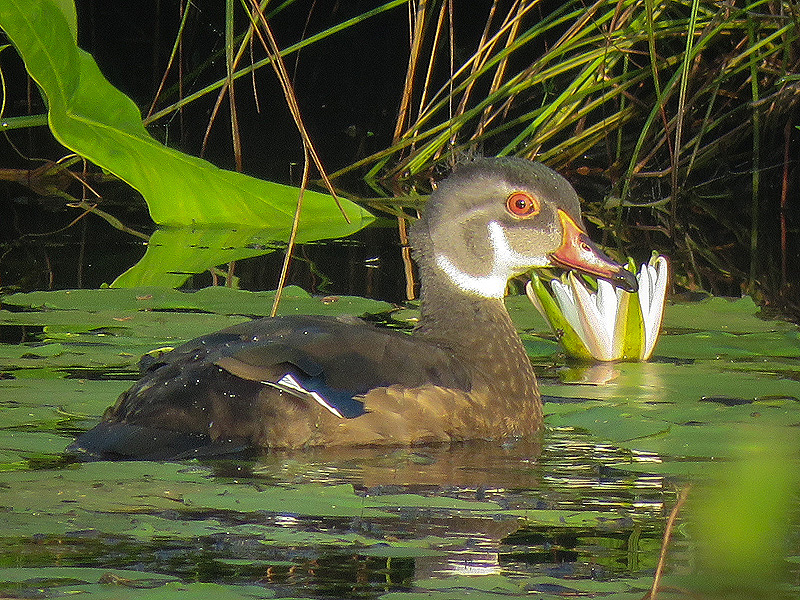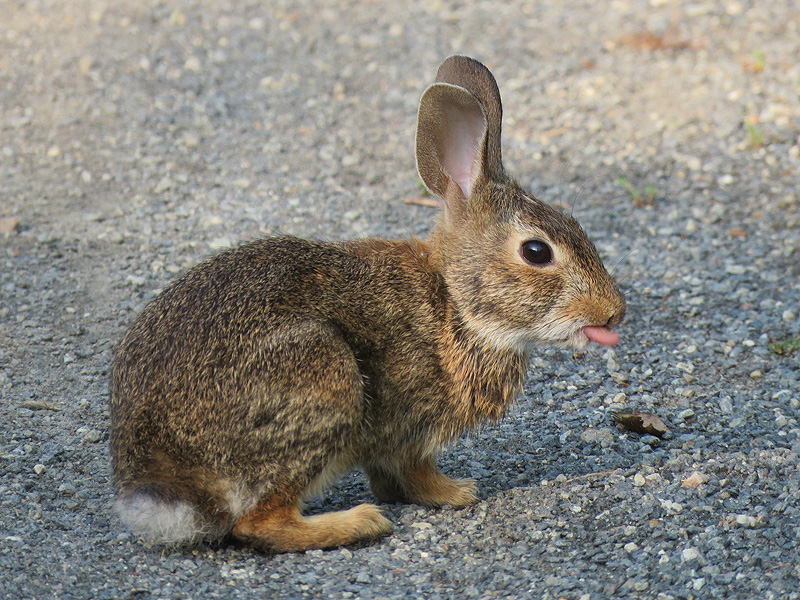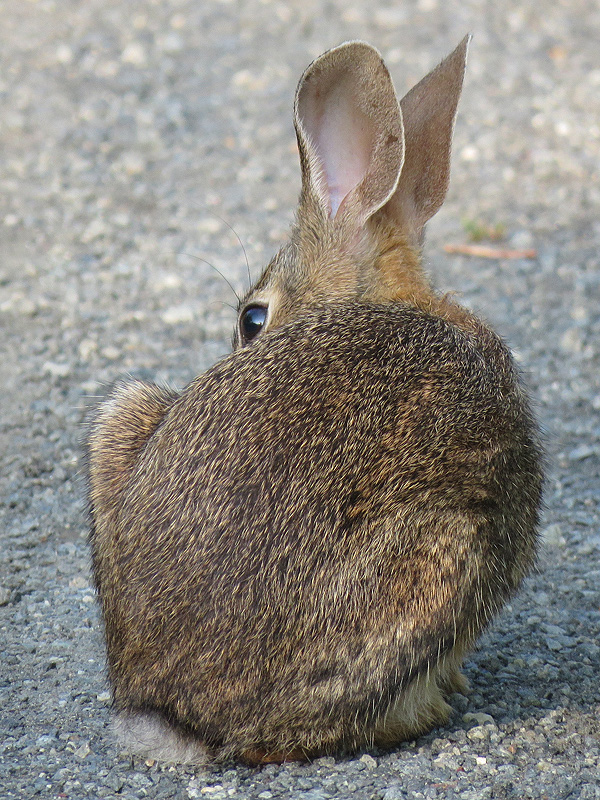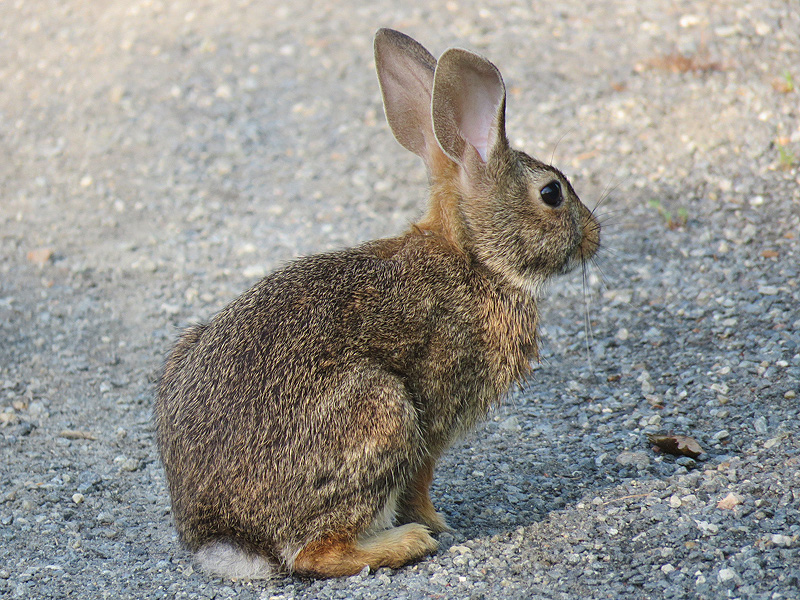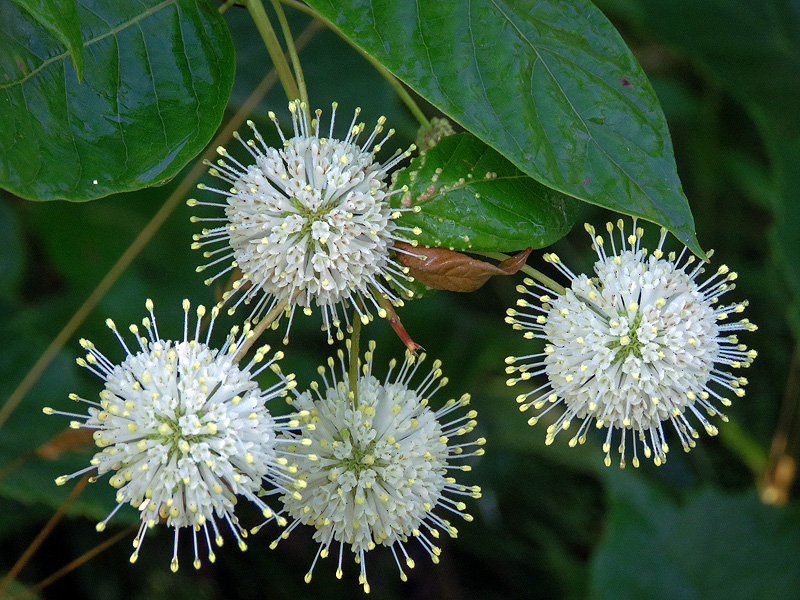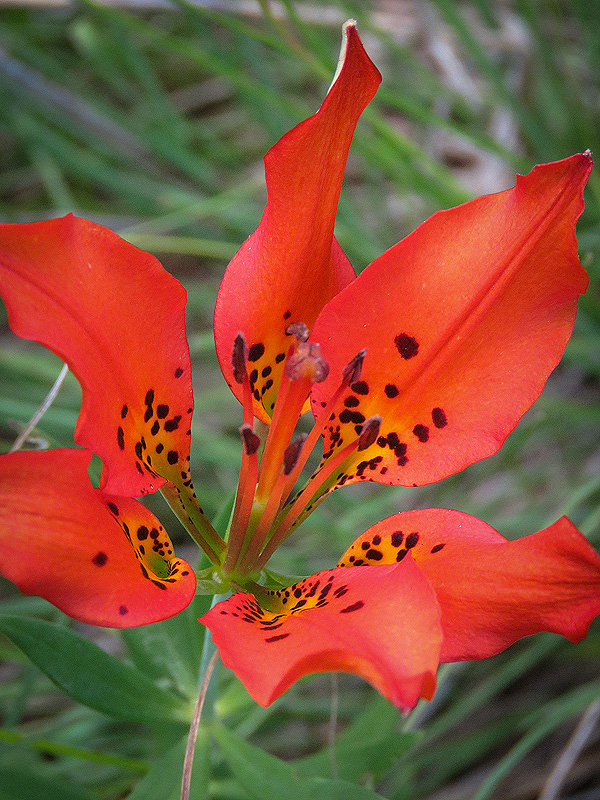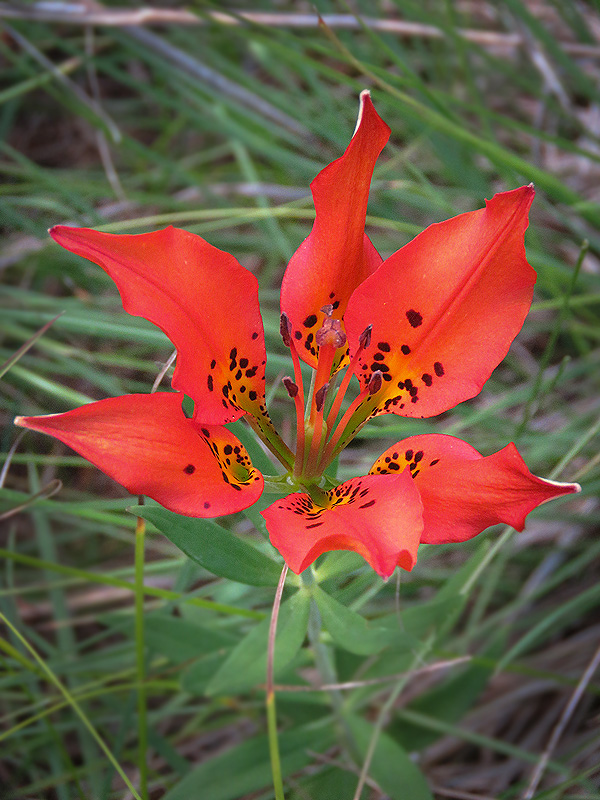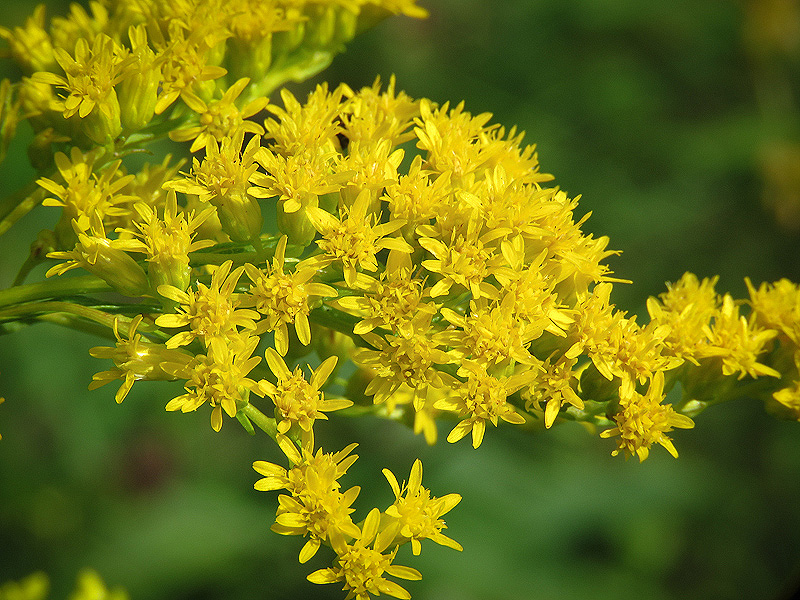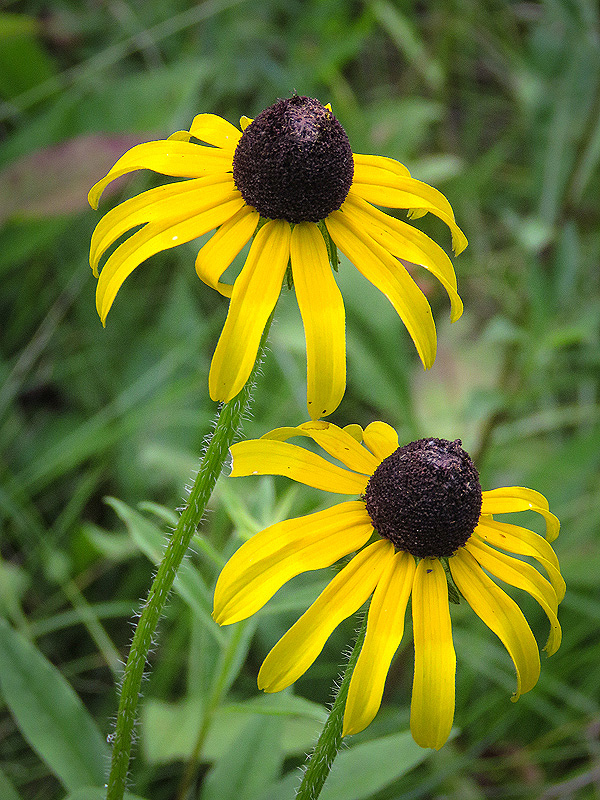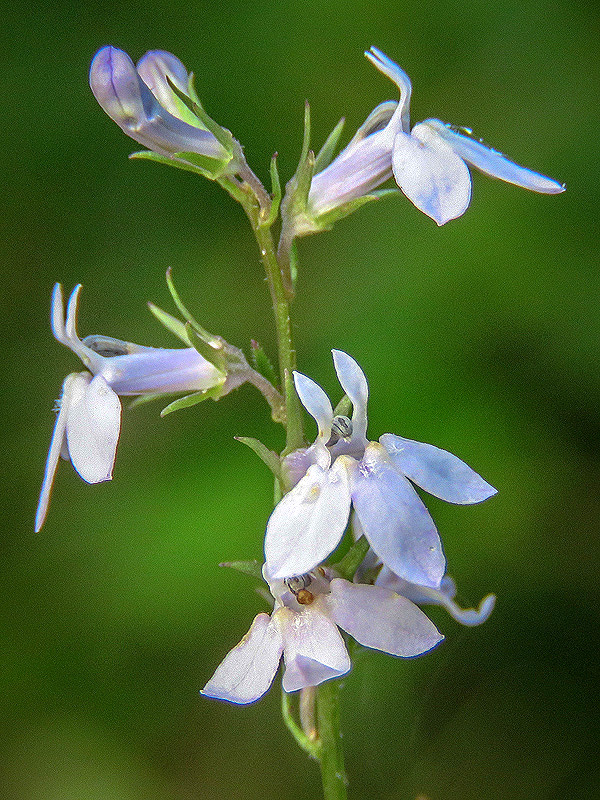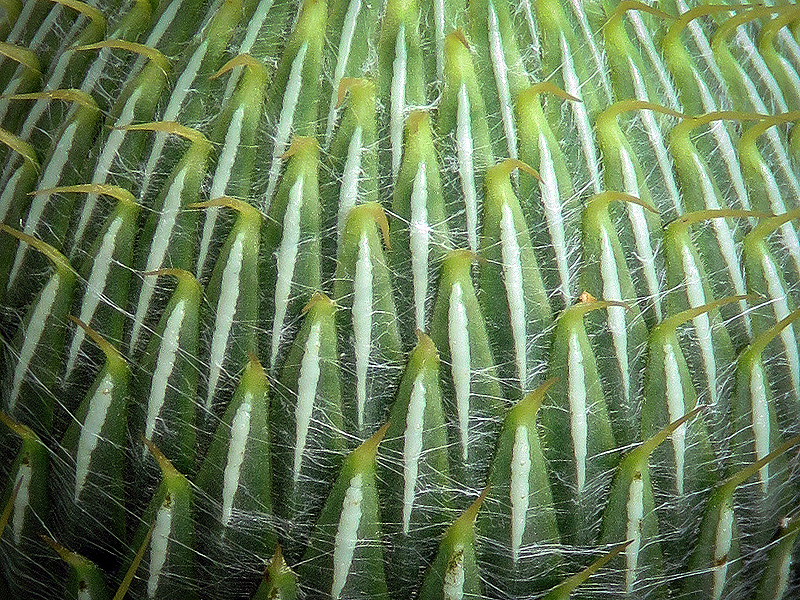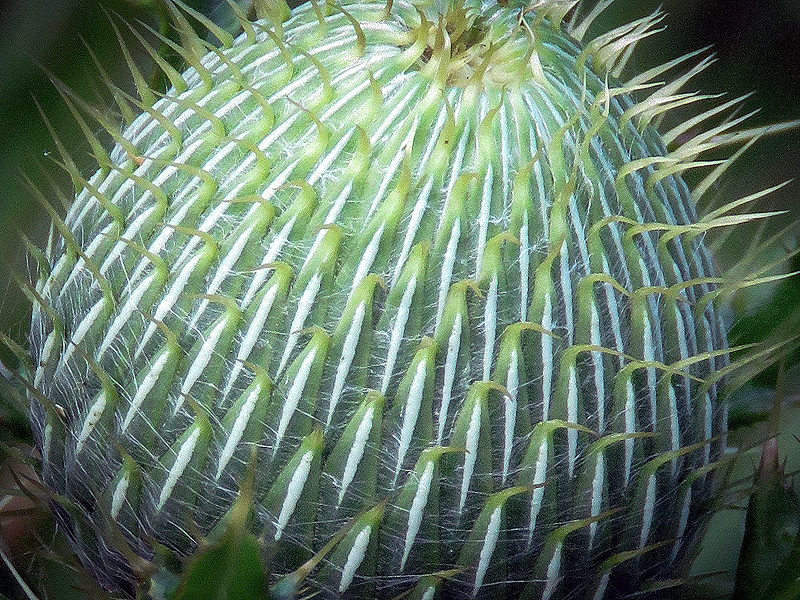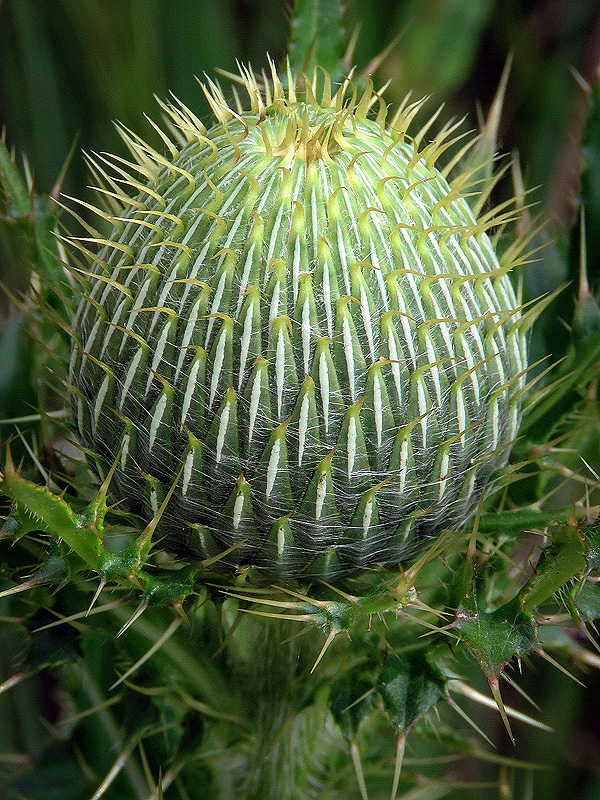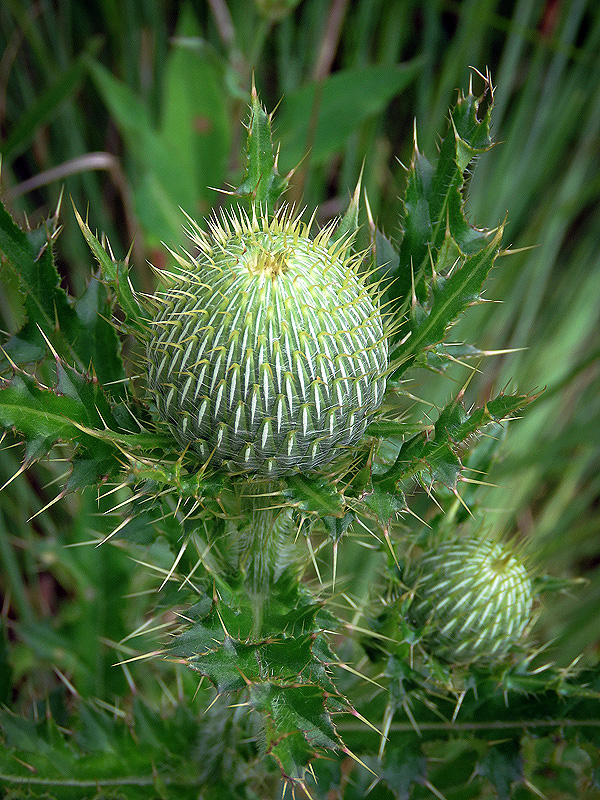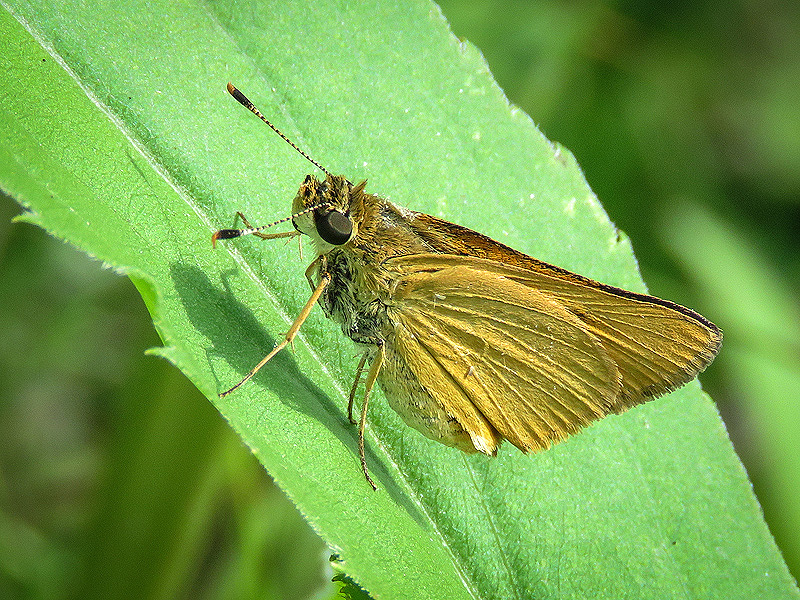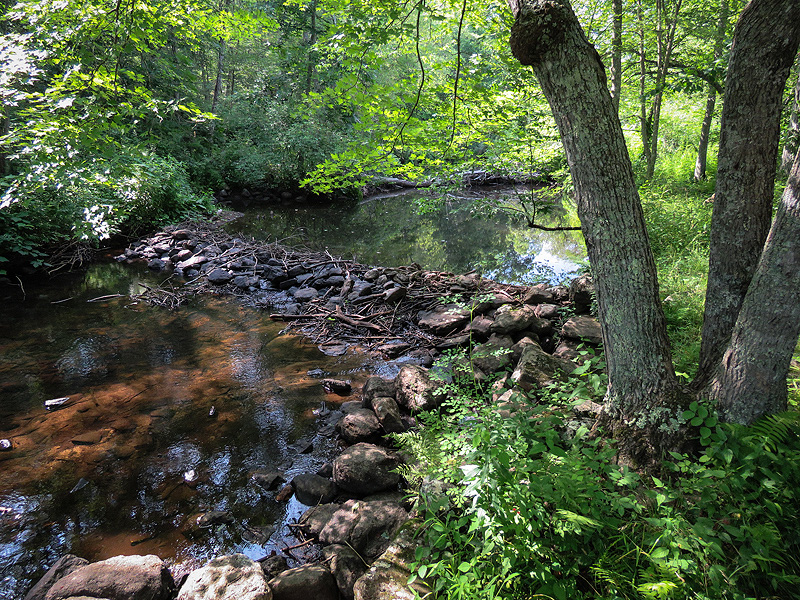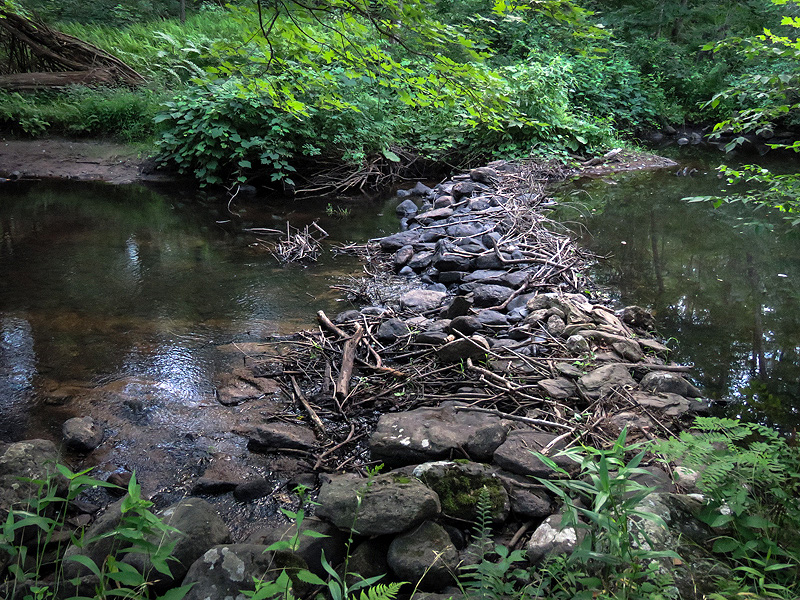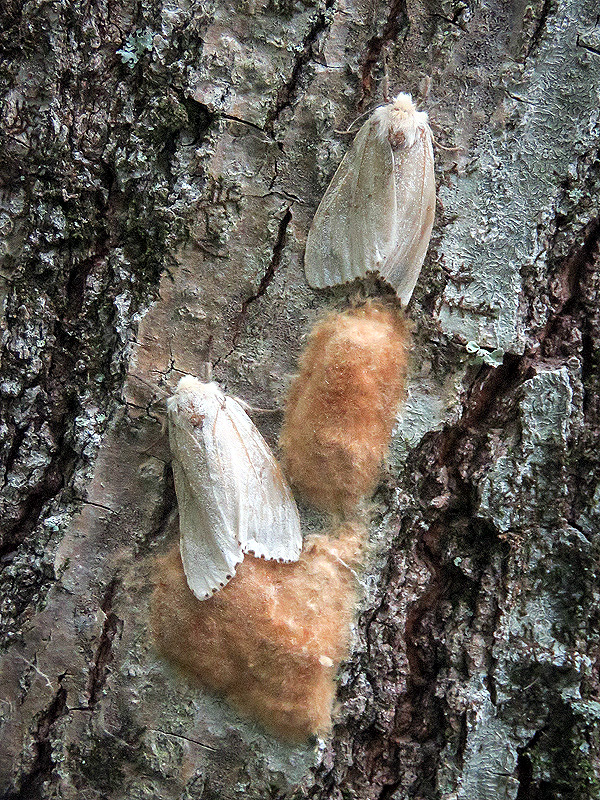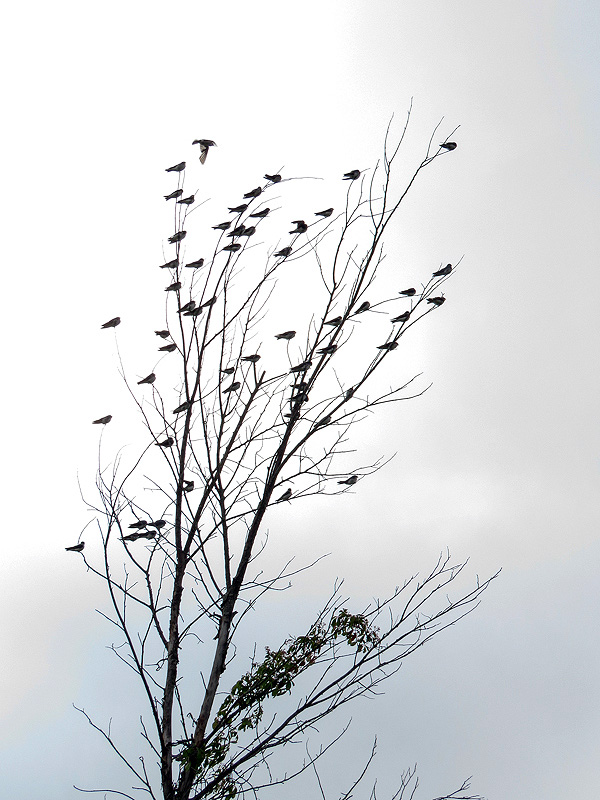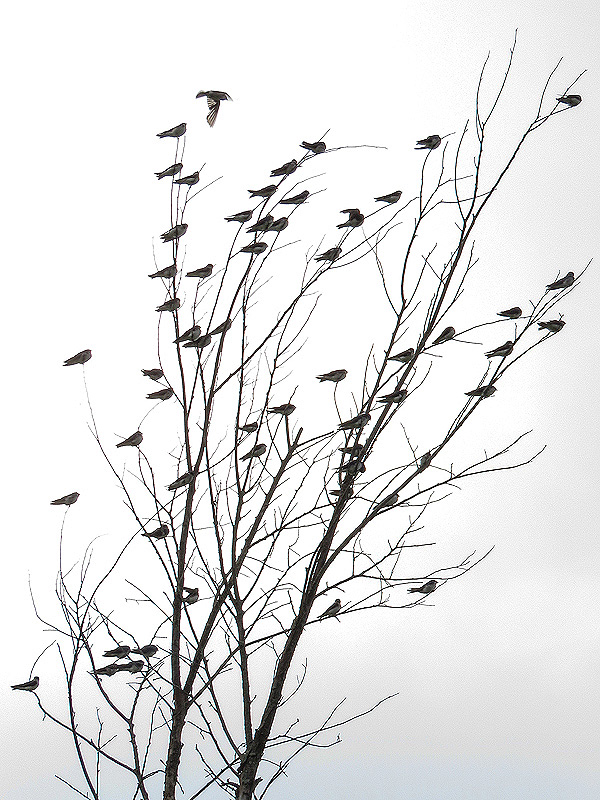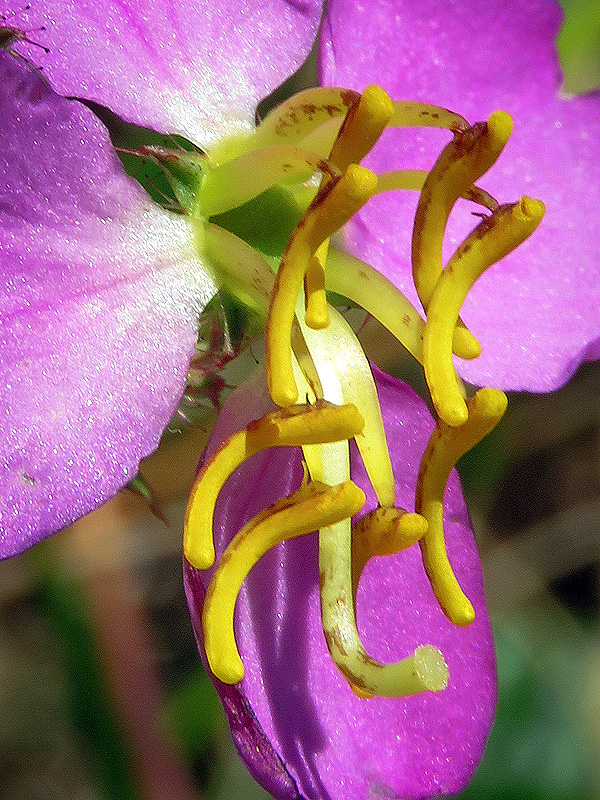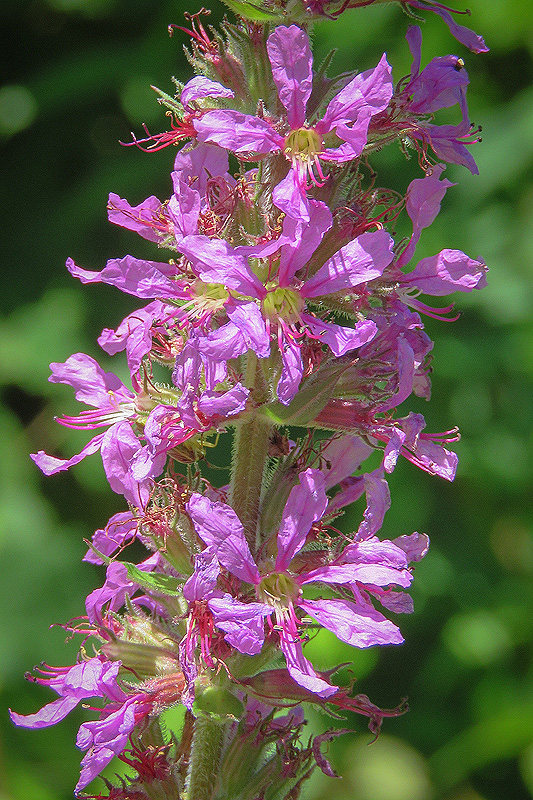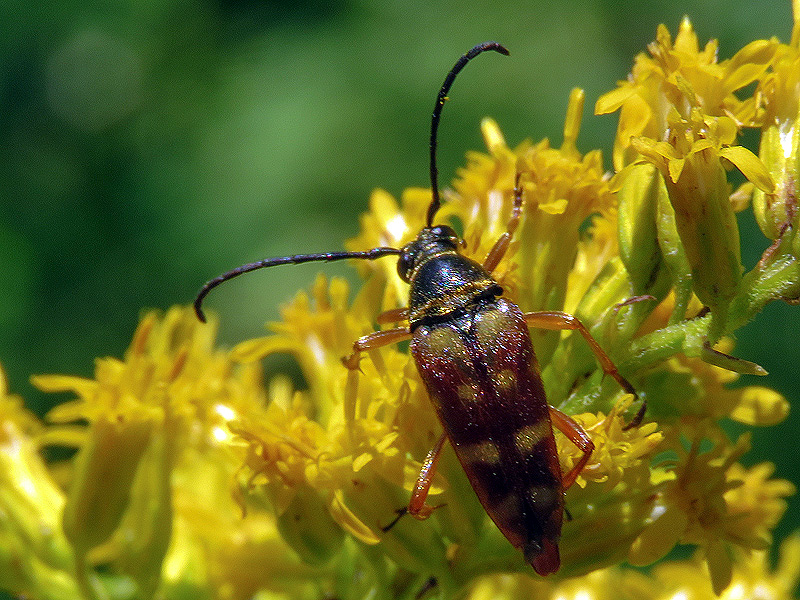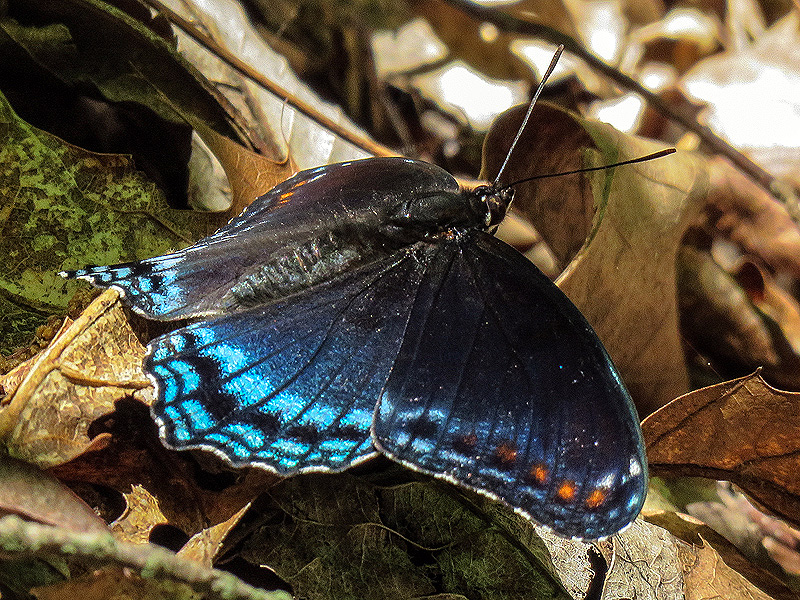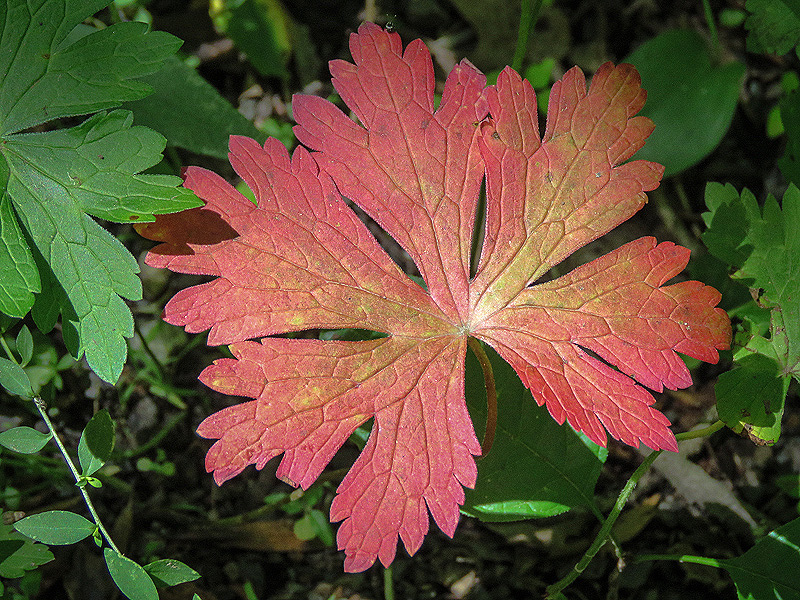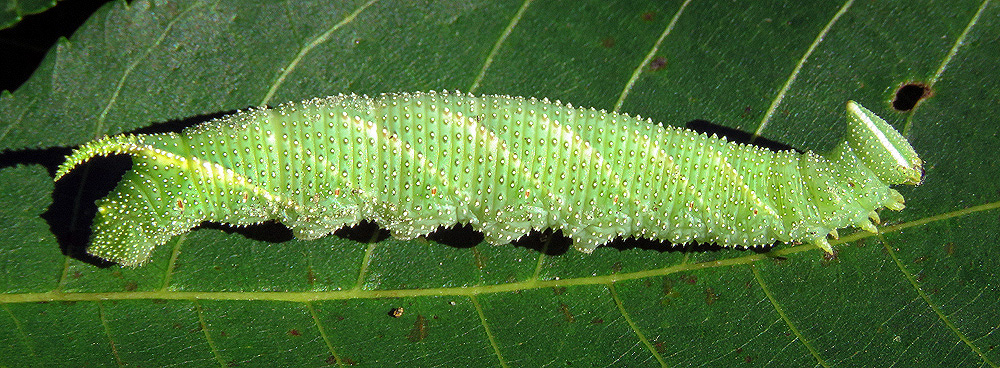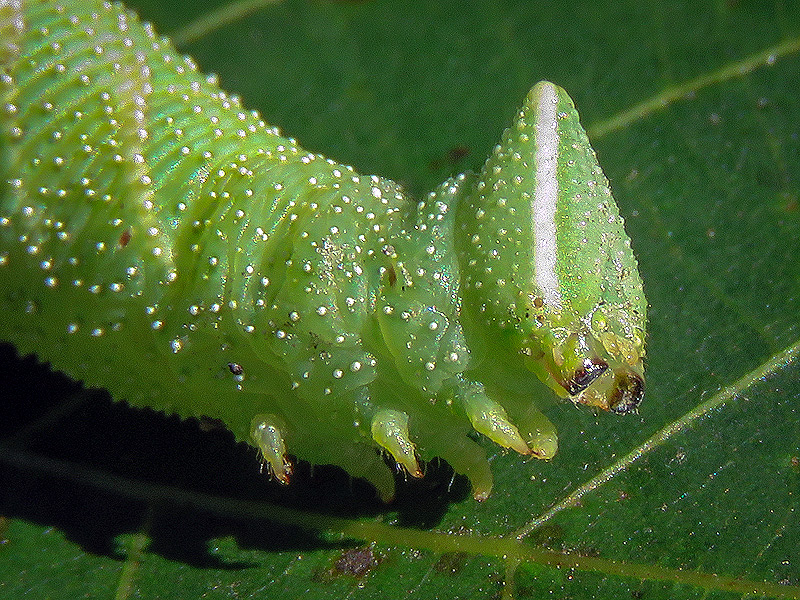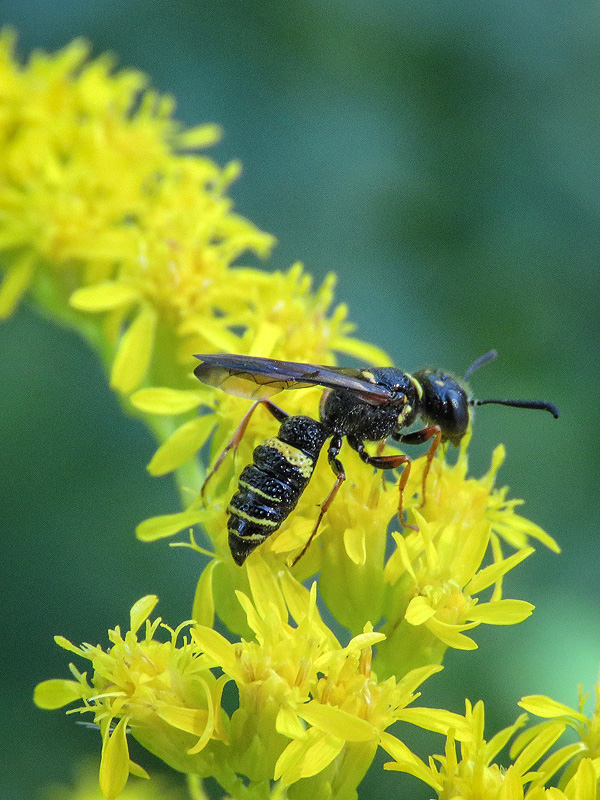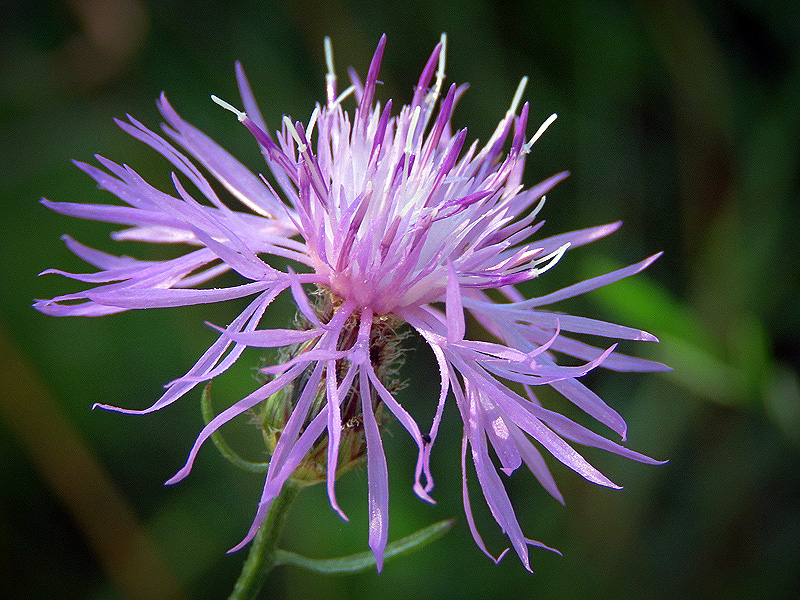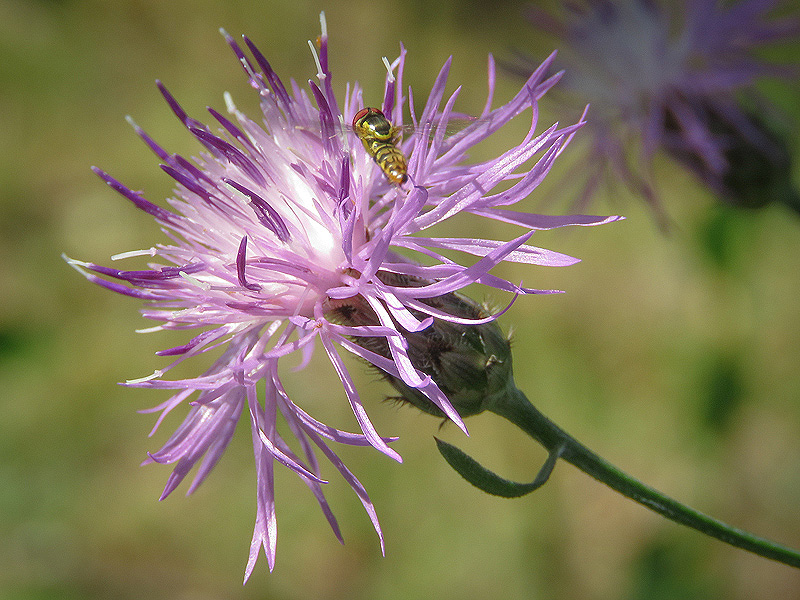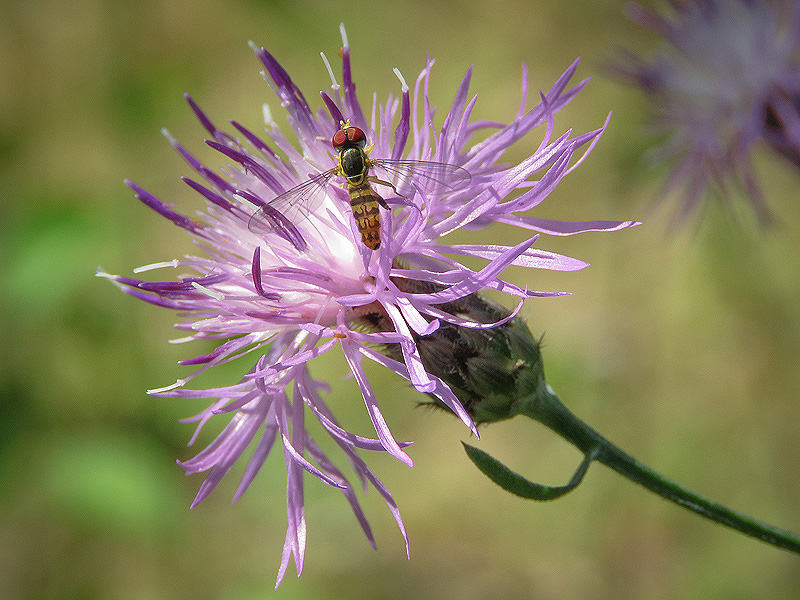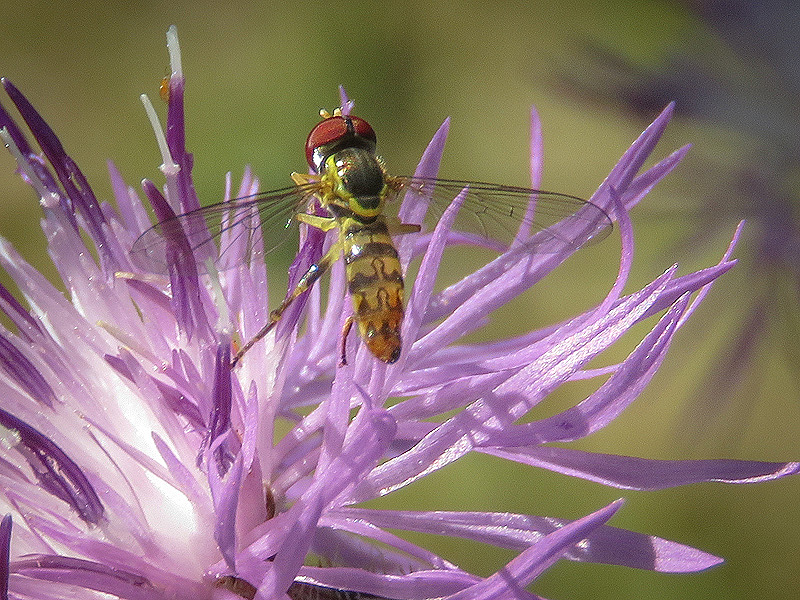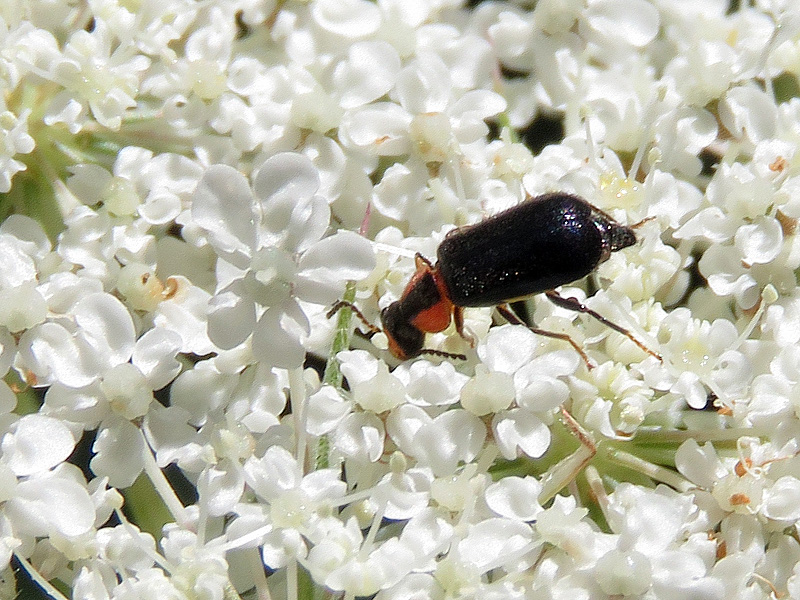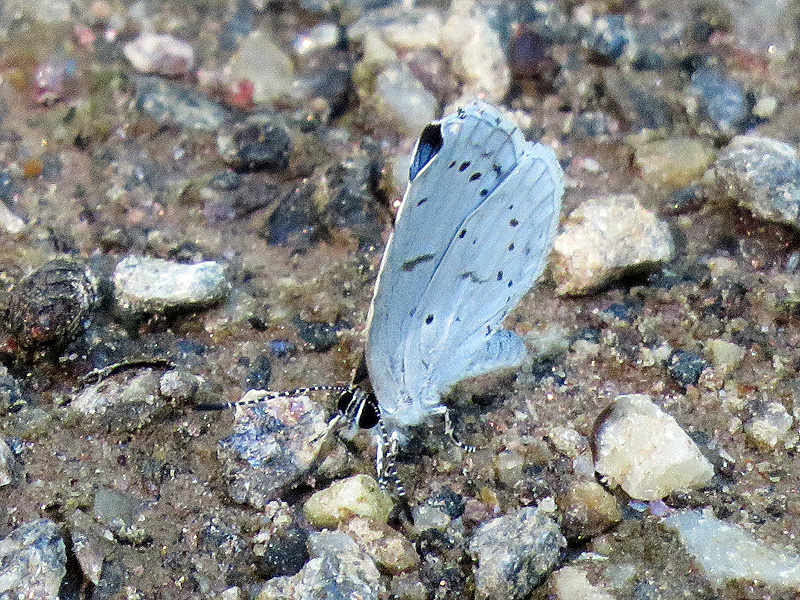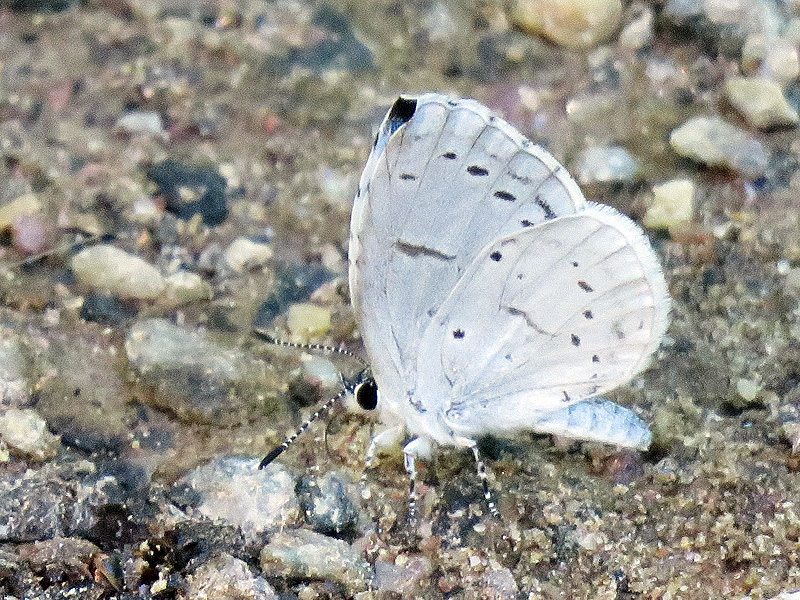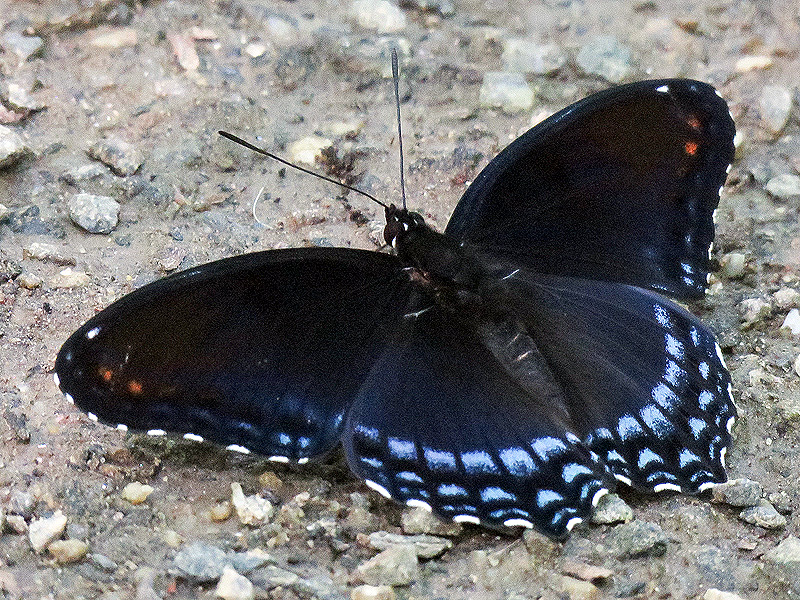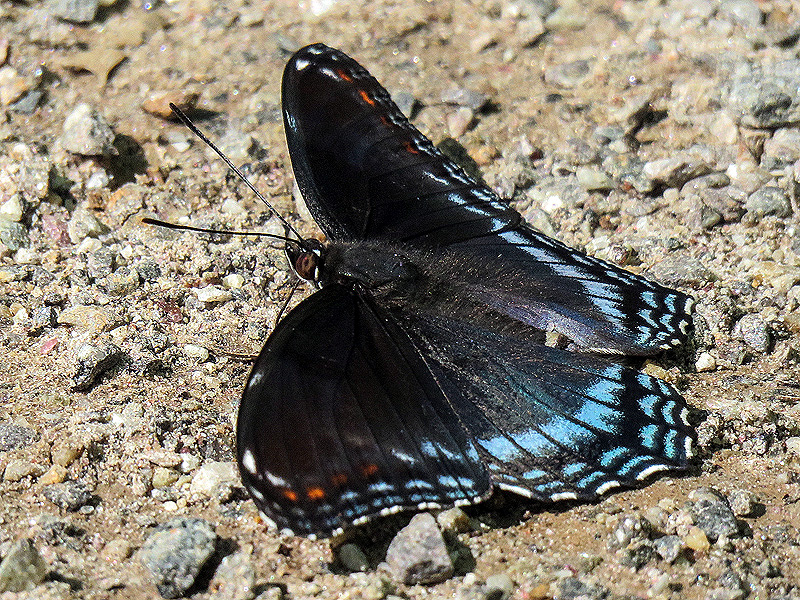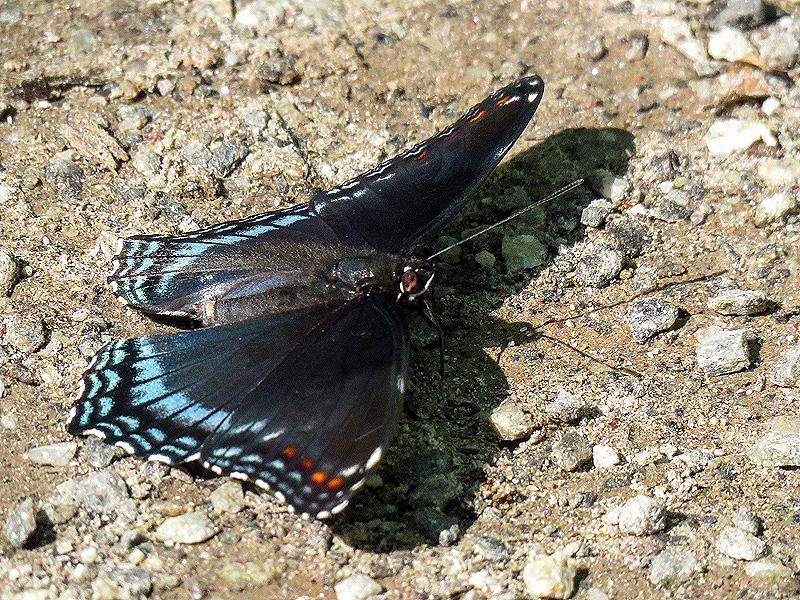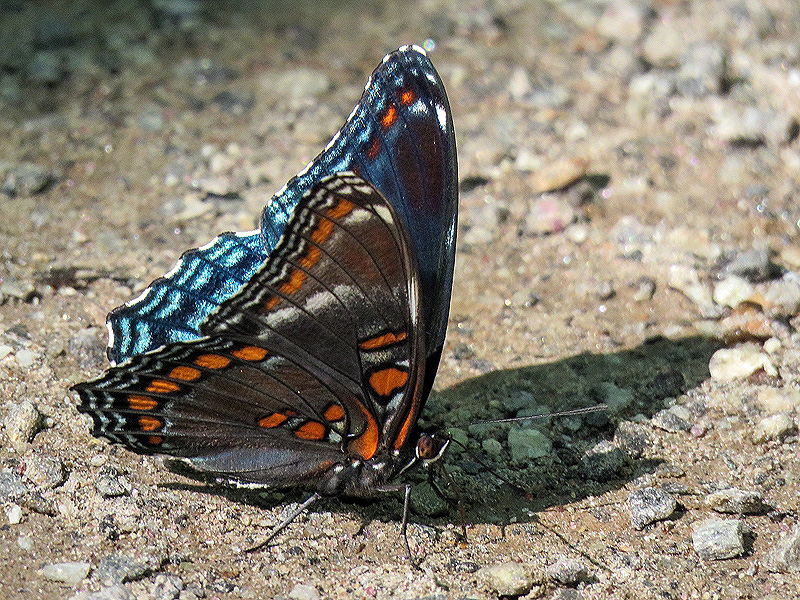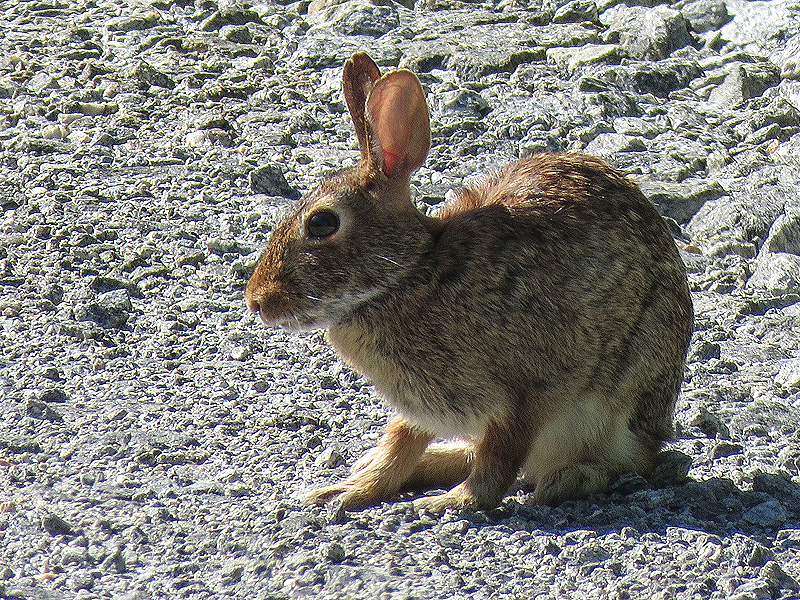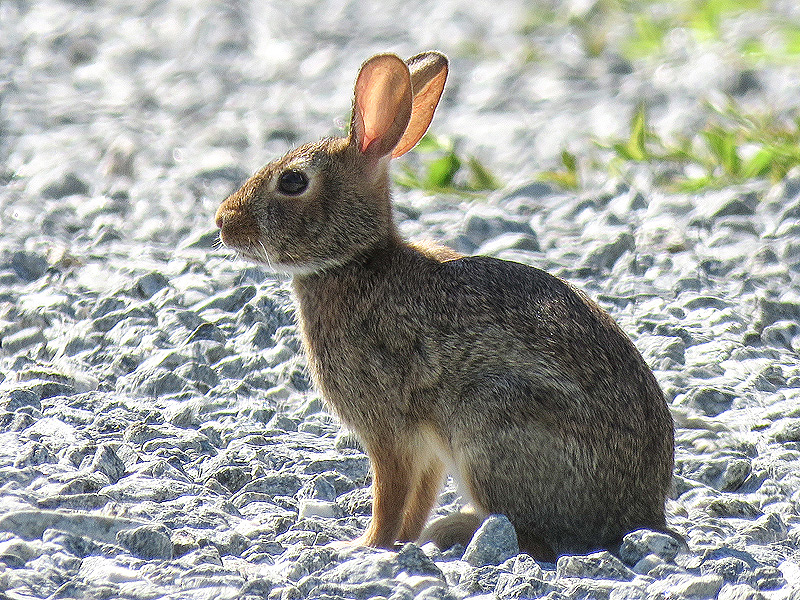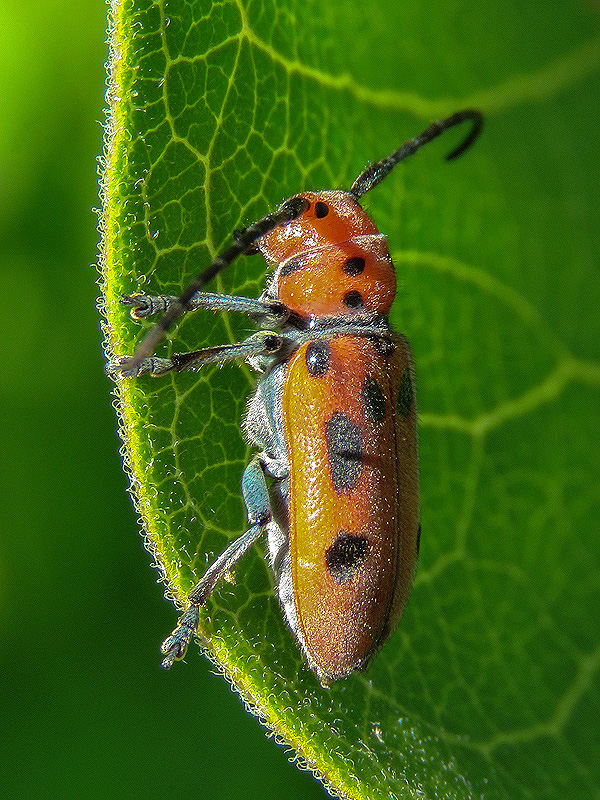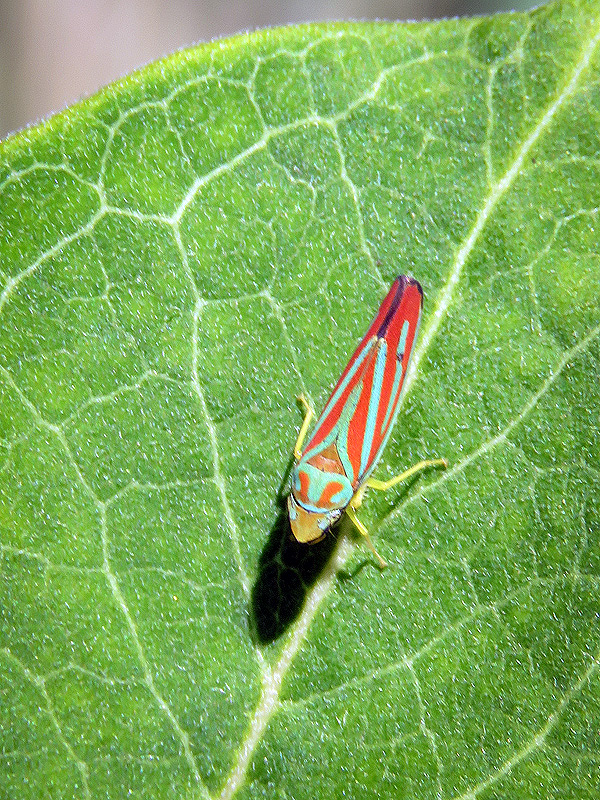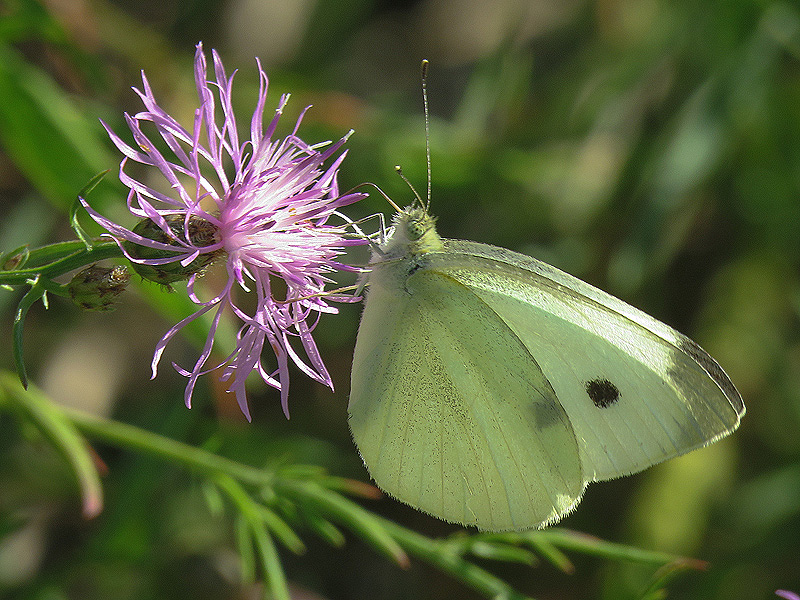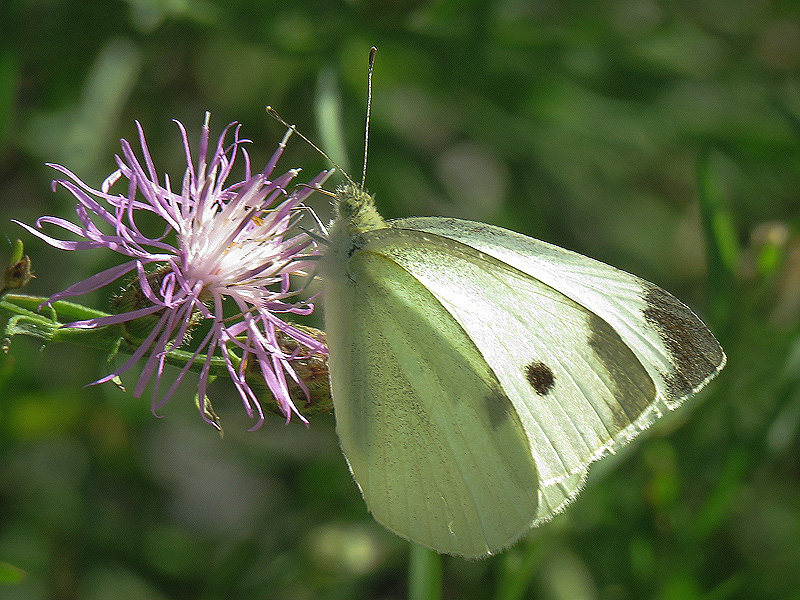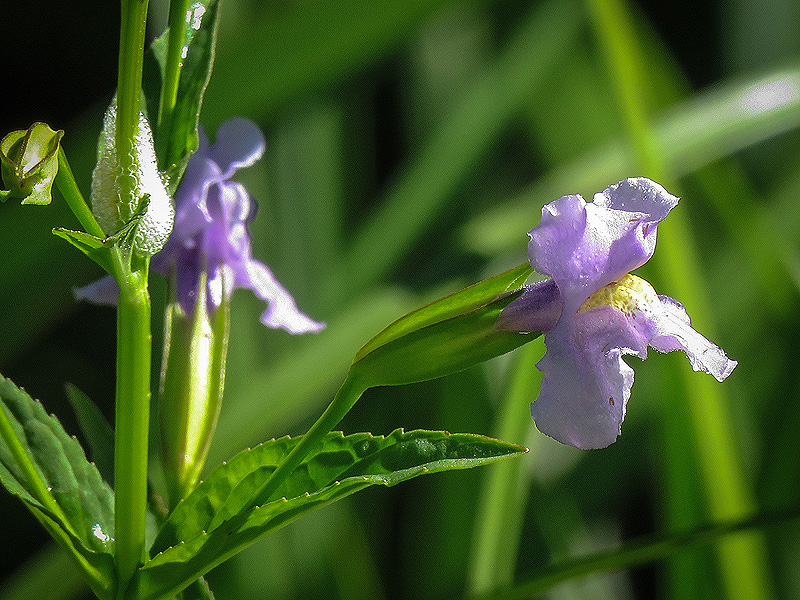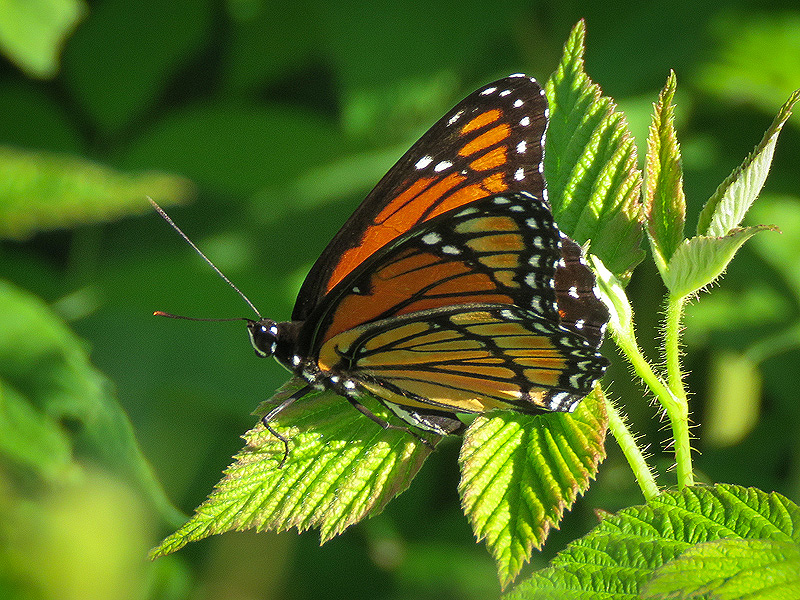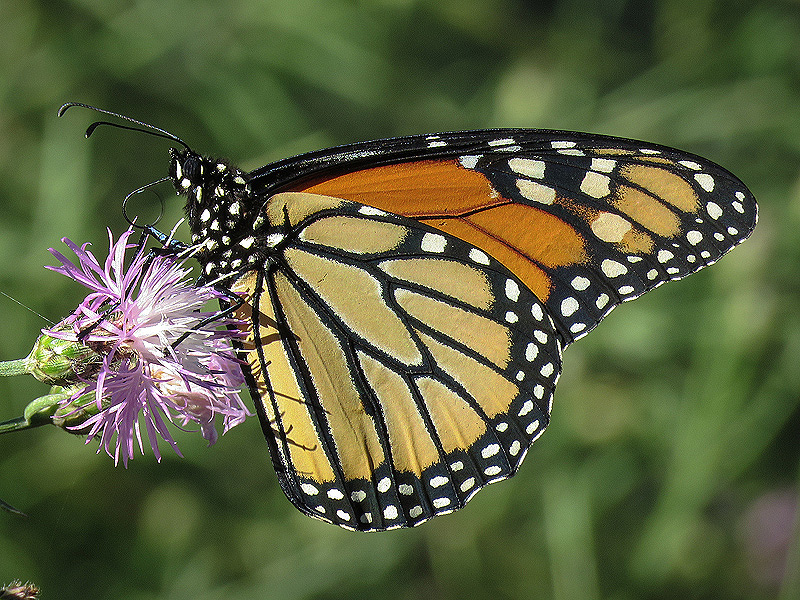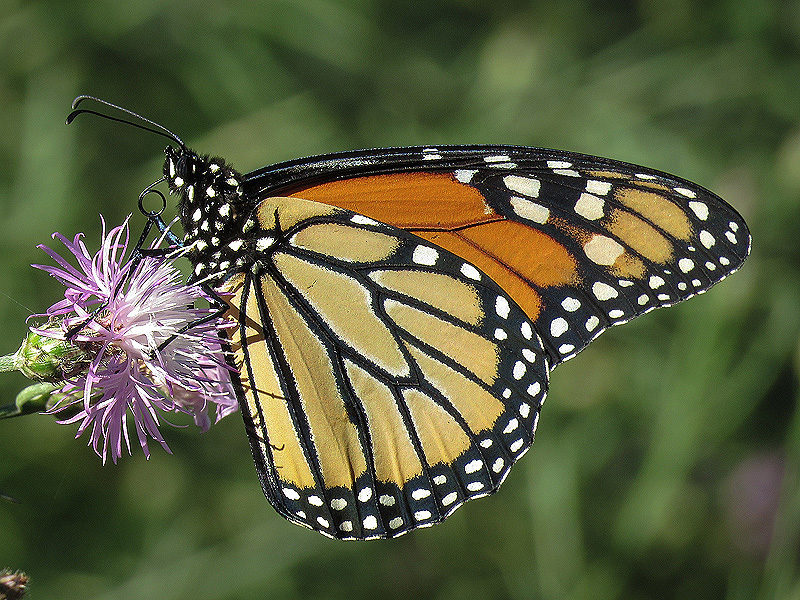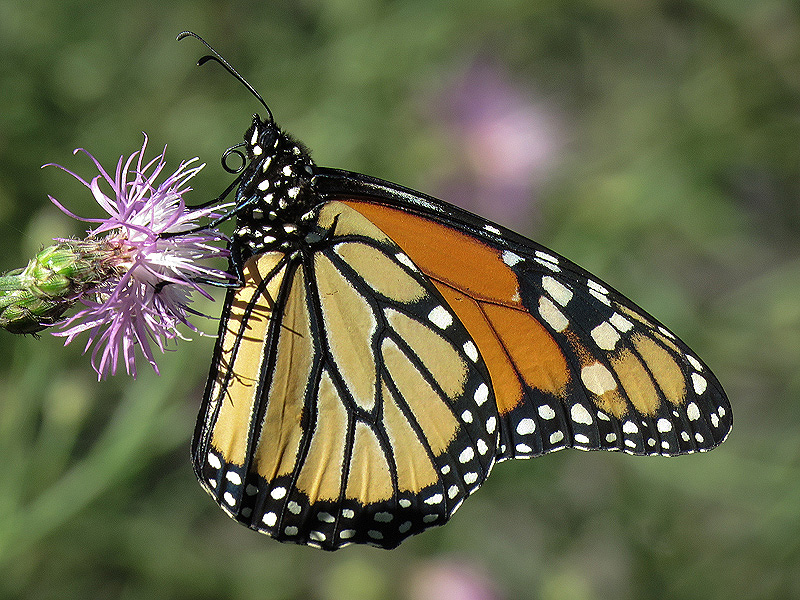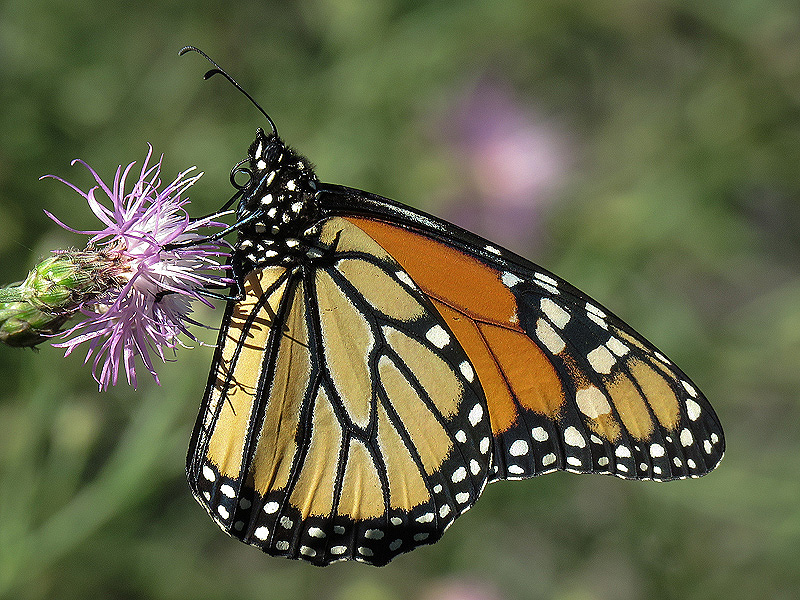Along the Air Line... 2018 - Summer, Part 5 The Air Line Trail in Eastern Connecticut - Stan Malcolm Photos |
HOME: Air Line... 2018 Pages Menu Stan's FlickR Albums |
July 16th. Young male Wood Duck (Aix sponsa). |
First time I've been given the raspberry by a bunny (Eastern Cottontail, Sylvilagus floridanus). |
|
|
Buttonbush or "Honey-balls" (Cephalanthus occidentalis). |
An afternoon walk west of Grayville Road and down a side trail to what was a meadow years ago. Almost impenetrable now. Still, a few things blooming like this Wood Lily (Lilium philadelphicum). |
|
Goldenrod (Solidago sp.) has started to bloom. |
|
A few Black-eyed Susans (Rudbeckia hirta). |
|
A Lobelia (Lobelia sp.). |
Selfheal (Prunella vulgaris); this blossom head showing its age. |
Can you guess? |
Now? |
|
Ah, Pasture Thistle (Cirsium pumilum) flower heads not quite ready to open. The hairy, versus spiny, stem is a key distinguishing feature. |
Best guess is a Delaware Skipper (Anatrytone logan), but it would help to see the upper wing surfaces. |
A man-made swimming hole on the Jeremy River, along with nearby evidence of former camping presumably by teens: beer cans, fire pits, trash. |
|
Two Gypsy Moth (Lymantria dispar) females and their egg masses. Not the massive infestation other areas saw last year. The outbreak here seemes to be waning. |
July 17th. A fraction of the Tree Swallows (Tachycineta bicolor) gathered this morning. |
|
July 18th. An afternoon walk east from Route 207 in Hebron to the power line crossing in Lebanon. Virginia Meadow-beauty. (Family Melostomatidae, Rhexia virginica). |
|
Purple Loosestrife (Lythrum salicaria); pretty, but invasive. |
Banded Longhorn beetle (Typocerus velutinus) |
Red-Spotted Purple (Limenitis arthemis astyanax) |
Wild Geranium (Geranium maculatum). |
July 19th. Looks like a young Walnut Sphinx Moth (Amorpha juglandis) caterpillar. Not on a host plant when I found it but it feeds feeds on several more common trees along the trail, including hickory. |
|
An afternoon walk east of Cook Hill Road in Lebanon, ending at the power lines where the access road has a fresh crushed rock surface. Digger Wasp (Family Crabronidae; Cerceris sp.). |
Spotted Knapweed (Centaurea maculosa) was everywhere. |
A Flower Fly (Family Syrphidae; probably Toxomerus sp.) hovering... |
...before landing. |
Make that a male Toxomerus geminatus. |
Teeny Beetle (no idea of species) on Queen Anne's Lace. |
Probably a Summer Azure (Celastrina neglecta) but this species is a member of a complex of near identical species. |
|
Lots of Red-spotted Purples (Limenitis arthemis astyanax). |
|
|
The underside shows the red spots of its common name. |
A great year for Eastern Cottontails (Sylvilagus floridanus). |
|
Milkweed Longhorn Beetle (Tetraopes tetrophthalmus). |
A Red-banded Leafhopper (Graphocephala coccinea). Leafhoppers are also called Sharpshooters: They extract what nutrients they can from the very dilute plant juices they imbibe, then shoot the leftover liquid out their butts in a series of fast moving, pulsed droplets. |
Cabbage White (Pieris rapae). |
|
Square-stemmed Monkey Flower (Mimulus ringens). |
A Viceroy butterfly (Limenitis archippus), the Monarch butterfly mimic. They're territorial and I see them every year under the power lines. |
I saw a few Monarchs (Danaus plexippus). This is a female. Check this and the next three photos as she coils up her proboscis. |
|
|
And then she flew. |
